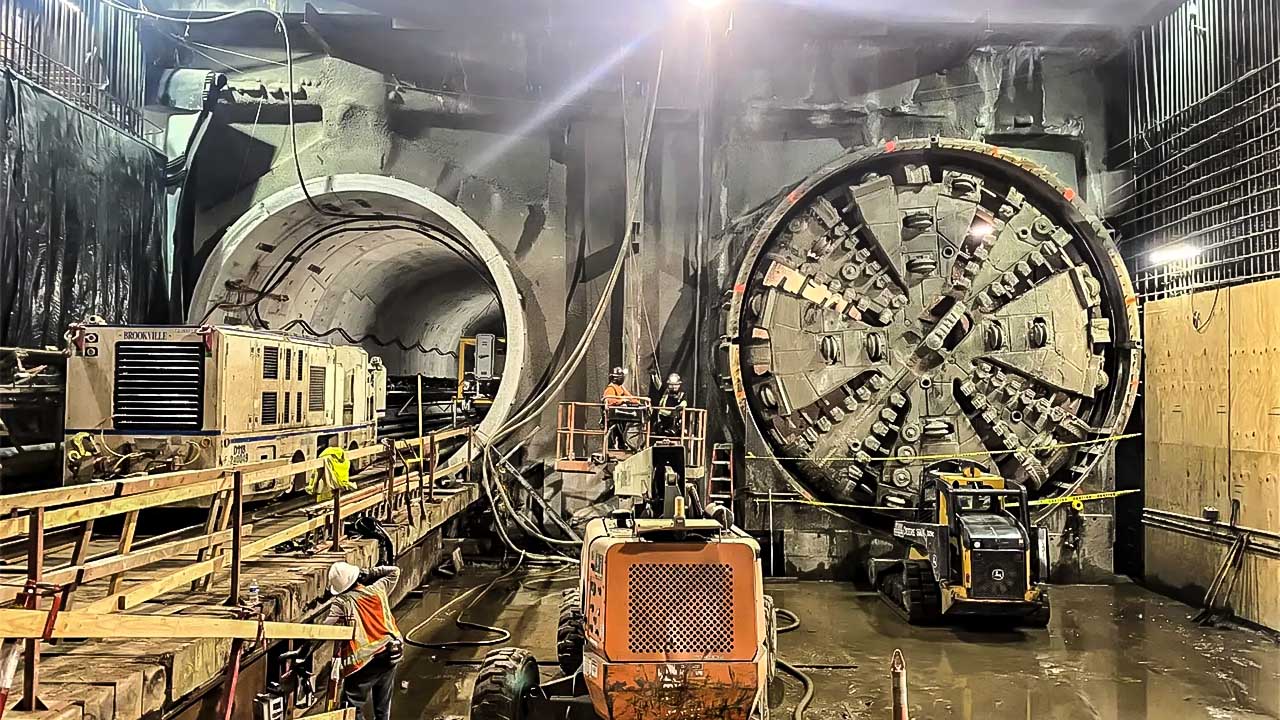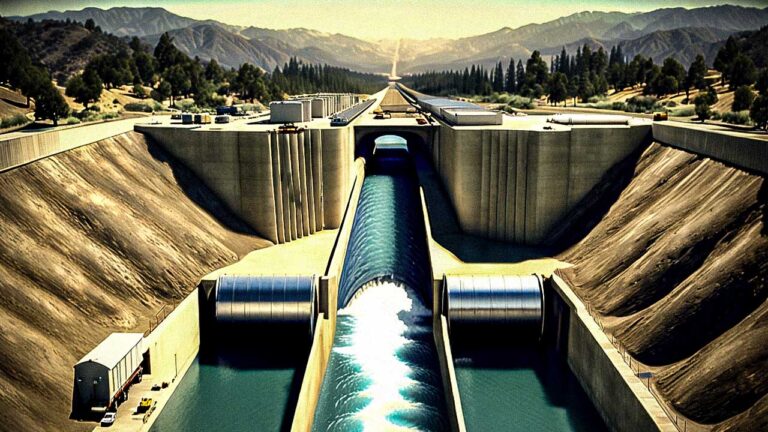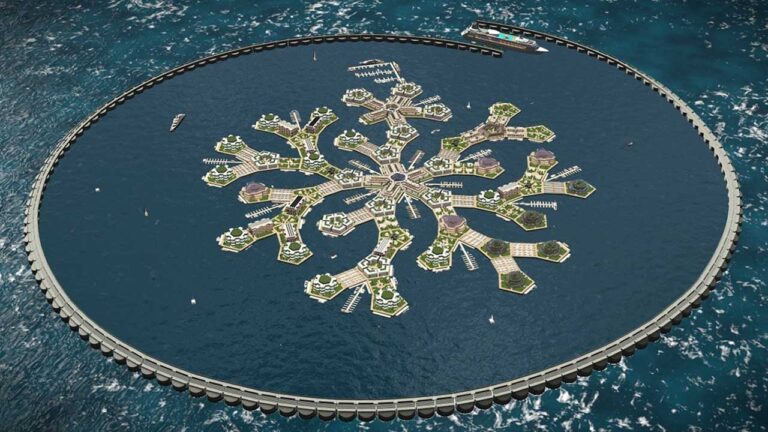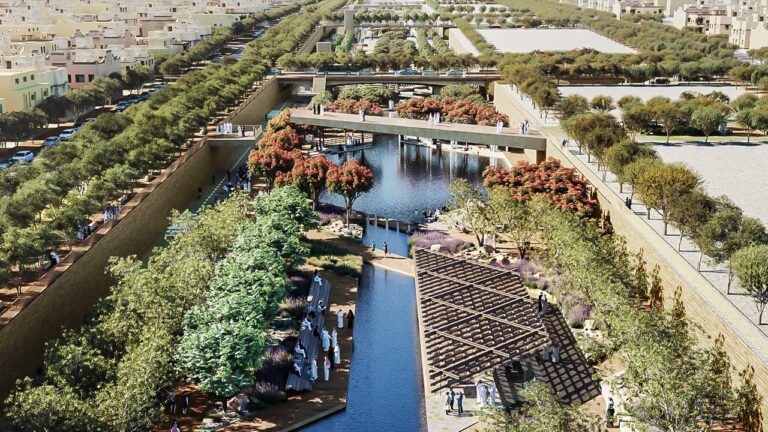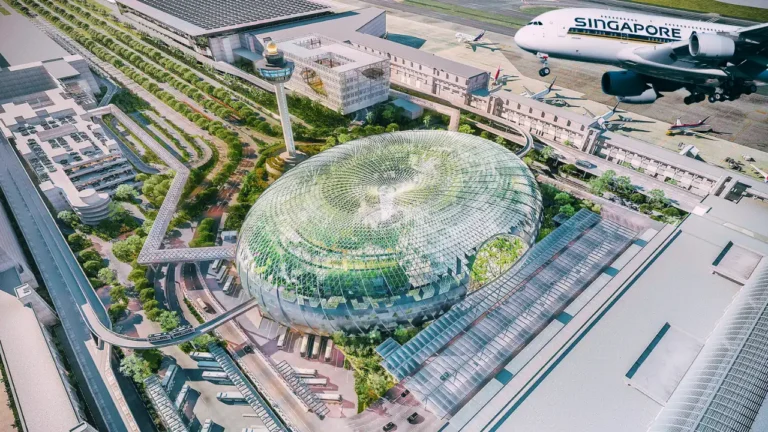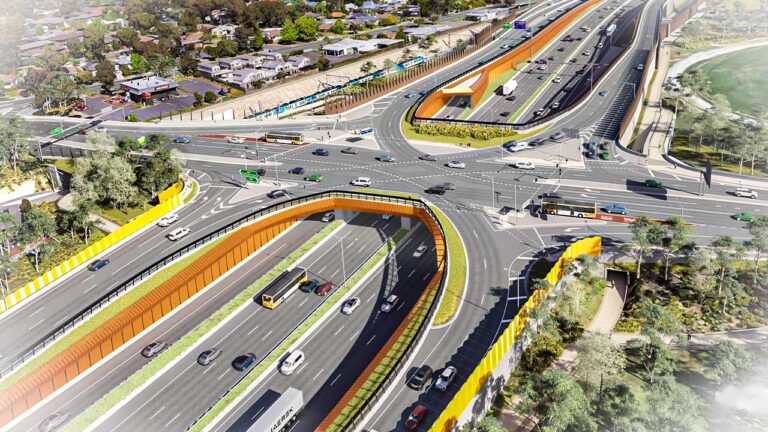Los Angeles is Building a $9.5 Billion New Metro: The Purple Line
Los Angeles, often called “The City of Angels,” encapsulates a rich cultural heritage and diverse communities. This nickname reflects both the city’s vibrant history and its role as a hub for dreams and aspirations. As the second most populous city and metropolitan area in the United States, Los Angeles is renowned for its pleasant climate, sprawling urban landscape, heavy traffic, beautiful beaches, and its ethnic and racial diversity. Known as the entertainment capital of the world, the city boasts over 100 museums and enjoys idyllic weather year-round.
Los Angeles has a rich and multifaceted transportation history, particularly highlighted by the development and evolution of the D Line, formerly known as the Red Line and Purple Line.
In recent years, there has been a renewed interest in public transit in the city. Efforts to expand and improve the Metro Rail system aim to reduce traffic congestion and provide sustainable transportation options. As Los Angeles continues to evolve, public transit is poised to once again play a significant role in shaping the city’s mobility landscape. While cars remain the dominant mode of transportation, the legacy of Los Angeles’s rail-town past and the ongoing development of the D Line highlight the city’s dynamic and ever-changing transportation history.
The D Line Subway Extension Project in Los Angeles aims to improve transit connectivity by expanding the rail system to the Westside. This project, currently under construction, is expected to be completed between 2025 and 2027. The extension will connect downtown Los Angeles with the Westside, adding seven new subway stations across three sections.
The extension promises numerous benefits, such as reducing travel time between Westwood and downtown Los Angeles to approximately 25 minutes, improving access to job centers on the Westside, and enhancing mobility for residents, workers, and visitors.
Also Read: Legends Tower: America’s Next Tallest Skyscraper
However, the project faces challenges, including safety concerns during construction, which have led to work stoppages.
In the early 20th century, Los Angeles was a rail-town with a robust public transportation system. Streetcars and interurban trains operated by the Pacific Electric Railway connected various neighborhoods and suburbs, allowing residents to navigate the city without relying solely on cars. However, as the automobile industry gained prominence in the mid-20th century, public transit began to decline. Streetcars were gradually replaced by buses, and the Pacific Electric Railway dismantled its extensive network. By the 1980s, public transportation in Los Angeles was often viewed as inadequate.
The D Line, part of the Los Angeles Metro Rail system, is an entirely underground route that spans 5.1 miles between Korea-town and Downtown Los Angeles. Initially known as the Red Line from 1993 to 2006 and then the Purple Line until 2020, the D Line has played a crucial role in the city’s transit network. The line originally ran from Long Beach to Downtown Los Angeles at the 7th Street/Metro Center station. Due to its popularity, Metro had to increase its capacity in the early 2000s. Today, the D Line remains an essential rapid transit link, connecting Korea-town and Downtown Los Angeles.
The D Line Subway Extension Project, previously named the Westside Subway Extension, is a major infrastructure initiative in Los Angeles County. Its main objective is to extend the D Line, formerly known as the Purple Line, of the rapid transit system from its current endpoint at Wilshire/Western in Korea-town to the Westside area. This ambitious initiative aims to establish a direct transit link between downtown Los Angeles and West Los Angeles, spanning approximately 9 miles through one of the most densely populated and geologically challenging urban corridors in the region and the nation.
The project, estimated at around $9.5 billion, is being completed in three phases, with each phase covering approximately 3 miles.
Section 1 of the D Line extension spans 3.92 miles and includes three stations, with a projected opening date in 2025.
Tunneling for this phase began in October 2018. The Section 1 tunnel boring machines, named “Elsie” and “Soyeon,” commenced their journey from the Wilshire / La Brea station site, digging eastward toward the existing D Line station at Wilshire / Western. The TBMs worked diligently 70 feet below the city, clearing soil and rock, and successfully reached Western Avenue in June 2019.
Section 2 of the D Line extension includes 2 stations and covers 2.59 miles, with a projected opening in 2027.
Subway tunneling for this segment beneath Wilshire, between La Cienega Avenue and Century City, officially broke ground in 2018. However, the tunnel boring machines named “Harriet” and “Ruth” didn’t begin digging until April 2020, amidst the uncertain times of the pandemic. They started at the staging yard at the future Century City/Constellation station and then proceeded eastward. Harriet reached the Wilshire/Rodeo station box in early January 2021, followed by Ruth a few weeks later.
Section 3 of the D Line extension, which includes 2 stations and spans 2.56 miles, is projected to open in 2028.
As the shortest section of the project, Section 3 broke ground in 2021. The tunnel boring machines, named “Aura” and “Iris,” were launched at the future Westwood/VA Hospital station on the west side of the VA campus in October 2020 and began tunneling eastward. By April 2023, the Section 3 TBMs had nearly reached the Century City/Constellation station.
The Purple Line Extension Project is funded through a combination of sources. The project relies on approximately $5.2 billion in federal grants and loans across its three phases. To match these federal contributions, county sales tax proceeds from voter-approved Measure R and Measure M are crucial for accelerating construction work.
Also Read: Sydney Metro: Australia’s Largest Public Transport Project
The Metro Purple Line Extension Project also incorporates several innovative design features.
One key feature is the Emergency Ventilation System. The project implements advanced solutions to control smoke and heat in case of a serious rail car fire. This ensures passenger safety and efficient evacuation during emergencies.
Another significant aspect is Travel Time Reduction. The extension will significantly reduce travel time; for example, the journey from the Wilshire/ Western Station in existing Purple Line to the new Westwood/VA Station will decrease from an average of 46 minutes by car to just 15 minutes by subway.
Upon completion, the D Line extension is expected to accommodate an additional 53,300 weekday riders, facilitating smoother and more efficient travel between Downtown Los Angeles and the Westside. This achievement marks a significant step forward for public transit in Los Angeles, promising enhanced connectivity and accessibility for residents and visitors alike.
This project faces several challenges during its construction. One of the primary challenges is Complex Excavations. The project involves deep excavations within city limits, with the most complex excavation occurring at the La Brea station, where the tunnel boring machine will be launched for the entire tunnel excavation.
The project has also encountered various Obstacles. In the La Brea tar pit area, careful assessment of “tar sand” properties was necessary for tunnel and station design. Tunneling had to be temporarily paused due to methane gas. Additionally, an abandoned oil well and the potential for discovering Ice Age-era fossils, similar to those displayed at the La Brea Tar Pits, posed significant challenges.
Despite these challenges, the project aims to transform the daily commute in Los Angeles by providing improved mobility and reliable transportation to the Westside, including major destinations like Beverly Hills, UCLA, and the Olympic Village for the 2028 Summer Olympic Games.

